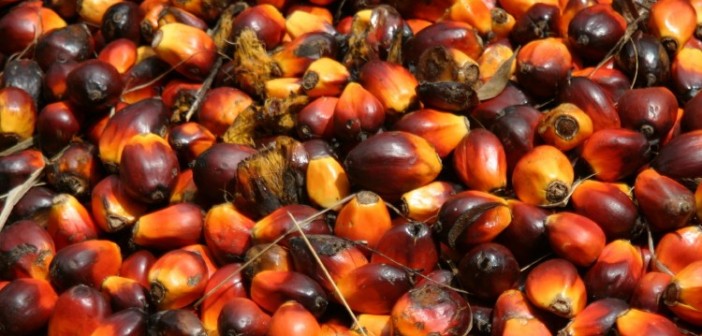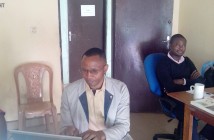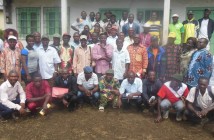In December 2014, EGI carried out a study to generate an inventory of the smallholders of oil palm schemes in Nguti, Tombel and Bangem subdivisions of Kupe Manenguba division, including their farm sizes and scale of production.
Training of data collectors
a training workshop on the identification and characterisation of oil palm farms and farmers was organised. This workshop, which took place on November 22, 2014 at the EGI office, was facilitated by Mr Enang James from the Regional delegation of the Ministry of Agriculture and Rural Development (MINADER) of Agriculture SWR. He used interactive methods and introduced participants to a questionnaire, which had been used to carry out a similar study in other divisions. For the purpose of networking and knowledge transfer, EGI invited other members of civil society organisations that are engaged in activities to promote environmental sustainability.
Field work and findings
During the month of December 2014, EGI staff collaborated with extension officers and divisional delegates from MINADER to undertake a field survey. Questionnaires and Geographical Positioning Systems (GPS) were used to gather data and map the exact coordinates of each oil palm farm.
Generally, the results showed that in Kupe-Manenguba division, Nguti sub-division has the highest number of smallholder oil palms plantation, while Tombel sub-division has the highest average yield per hectare. These smallholder farmers face great challenges, such as high costs of input, lack of transformation units, poor road infrastructure, inadequate know-how and poor financial management skills. In Bangem, production is especially low, and is mostly meant for household consumption.
Validation of findings
On 6 February 2015, after the analysis and synthesis of findings, EGI held a workshop to validate the findings. Key stakeholders such as farmers from the surveyed area, civil society organizations and divisional delegates attended the workshop. The presentation of results was followed by vigorous discussions among participants, who highlighted their concerns and added specific details to the report. One participant wanted to know if the same study has been conducted in the previous years and how much of the findings were new. He also wanted clarification on whether the present study was targeting development or conservation? The present subdivisional delegates explained that information such as availability of land for oil palm extension and the average age of farms was new information, and that the findings of the study would help their Ministry to collaborate with other stakeholders to develop the oil palm sector in a sustainable way that would help conservation and reduce deforestation. Therefore, they said, it targeted both development and conservation.
For the way forward, participants agreed that advocacy and public information on matters of food and agriculture should play a central role in the development of the palm oil production sector. The rapid assessment was implemented aspart of the WWF Green Heart of Africa project. Findings will be used to advocate for better conditions for smallholder oil palm producers, and to support farmers to form groups, cooperatives and associations, so as to improve their collective bargaining power.



